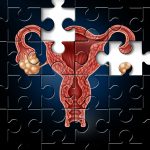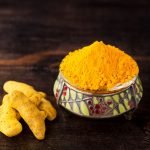What Writing? What Wall?: Not-So-Scary Predictions and Prescriptions for Naturopathic Medical Education
David J. Schleich, PhD
Mene, Mene, Tekel u-Pharsin. (Book of Daniel, Chapter 5)
Higher education has always been vulnerable, with brief periods of high-octane cash and optimism such as during the mid-1960s, when this country took action about the gap between the status quo in elementary through postsecondary education and the capacity of the U.S. system to embrace headlong growth and transformations occurring politically, economically, scientifically, and socially. Myron Lieberman’s classic work The Future of Public Education (1960), familiar in its admonitions and analysis, sounded the charge a half-century ago for much-needed changes affecting teachers and their organizations, teacher education, and governance in education. Even though the country had had a disorienting scare when the Soviets launched their Sputnik in the late 1950s, educators in those days stuck to their old ways. But the baby boom generation swarmed the ramparts of postsecondary and higher education and forced the transformations that gave rise to dozens of new research university contenders and spikes of development such as the opening of 130 new community colleges in 1967 alone. An avalanche of new programming surged forward to meet the unrelenting needs of a rapidly growing, globalizing economy. Clark Kerr, the astute president of the University of California, Berkeley, asserted in 1963: “What the railroads did for the second half of the nineteenth century, the universities will now do for the nation” (2001, p. 81).
There is excitement afoot these days too, as cloud-based learning, e-books, streaming video lecture halls, and instant online databases challenge our assumptions about what we have long thought to be essential in our naturopathic medical education strategies and practices. For example, are our outpatient teaching clinics viable long term as the best milieus in which to develop and refine clinical skills? Can we meet and overcome online competition from massive open online courses? What will the new functional medicine master’s degree at the University of Western States in Portland, Ore., do to where our modalities fit in the integrative medicine marketplace?
The economics of naturopathic medical education are stressed at every rivet, but we are still in flight. While we watch carefully as increasing numbers of our graduates strain to make a living, we also bend with everyone else a little under the weight of what Dennis Carter of eCampus News reported will be a “fundamental shift in the use of web-based technologies to upturn the current campus order” (October 2012, p. 20). Whether online learning will be in the ascendant or not, what our naturopathic educational leaders are discerning is that we cannot simply, as Carter explained, “artificially [layer] over an already ineffective system” (October 2012, p. 20). Bill Sams’ scary EPIC 2020 (retrieved September 3, 2012) presents a kind of educational Armageddon that dramatizes why our present higher education system is ineffective and why our treasured academic credential, the degree, made valuable by programmatic accreditors and licensing bodies in 17 states will be replaced by job-precise “badges” of interest to multidiscipline medical employers. What walls indeed are these futurists writing on, and what are they saying?
Title IV Gravy Train
Christopher Kent, a chiropractor, has predictions that would fill a very large wall in a bricks-and-mortar college. In the August 2012 issue of Dynamic Chiropractic, he drops something ticking into our planning conversations: declaring that it is “just a matter of time before the Title IV gravy train is derailed” (Kent, p. 31), he wrote not, by his own admission, original thoughts, but rather “a synthesis of ideas paraphrased from a variety of sources” (Kent, pp. 12-31). In summary, his main points follow here:
- Most universities as we know them will be converted into old-age homes.
- Those who undertake university study will be taught by the best, using asynchronous distance learning.
- Professional education will focus on mentoring and apprenticeship in a work setting, combined with customized course selections focusing on real-world skills, delivered asynchronously.
- Grades will be replaced by certification of course competencies.
- Degrees will be replaced by certificates of demonstrated competency in a given vocation or profession.
- The courses will be nearly or completely free.
- Accreditation and degrees will be a thing of the past; employers will be concerned only with competencies, not degrees, grade point average, or other metrics that purportedly correlate with professional ability.
- People will be hired for a specific job or project: no lifetime jobs; most people will be independent contractors.
- Polymaths with diverse skills will be coveted.
- People will be paid on the basis of their output rather than hourly, weekly, etc.
There have of course been alarmist calls to action almost forever in the education business. At the same time, though, naturopathic medical education has never been in as good a shape as it is now. We have increasingly high-quality digs for our students to learn in, even though some futurists would say that classrooms will be confined to screens in the near future; we have very experienced and very well-qualified teachers to teach them (although no Association of Accredited Naturopathic Medical Colleges [AANMC] institution has yet figured out tenure); and we have a shift in the market as more North Americans seek alternatives to biomedicine. In good shape or not, however, our graduates have a very tough time getting started in their own clinics because of debt load and lack of access to capital, short-term residencies, and other higher education and health institutional jobs and opportunities. Even so, we soldier on with naturopathic career services on the American Association of Naturopathic Physicians website and in individual schools, with DC Federal Legislative Initiative, and with more well-planned activity in legislatures than ever.
So, before the writing appears on so many walls that our applicant pool tanks further in fear of future debt loads, we might want to get very serious about the following:
- empowering the AANMC to lead efforts in teacher training and certification for the natural medicine niche using economies of scale and coordinating the very real talent we have in our midst;
- pressing and financing the Council on Naturopathic Medical Education to generate standards for asynchronous learning applications where these can work for didactic portions of our curricula for starters;
- mandating the AANMC to generate a dozen new programs within existing institutions by 2025, presenting those universities with an easily assimilable package that, as Carter suggested, “focuses on high-value, face-to-face interactions both online and in person” (October 2012, p. 20). [We can produce highly credible naturopathic medical education as the educators of choice for natural medicine, and we can do this from our already existing network of programs that constitute a powerful consortium of naturopathic faculties. These teachers and researchers can serve up the best lectures on demand and the best clinical practicums for our modalities on the continent. And, as some suggest, even though clinical education in such a brave new world is not sustainable in outpatient facilities, we can readily export that special duty to, as Kent suggested, “real world, profitable regional practices, with master clinicians as instructors and mentors” (August 2012, p. 31) because they are already there and doing things biomedicine cannot duplicate.];
- reducing tuition as fast as we can before our potential applicant pools reach a ceiling of intolerable decades of debt. [We can do this by becoming the trainers of choice and hiring out our best. We can do this by developing our consortium so seamlessly that students could study full-time or part-time, and closer to home.]; and by
- consolidating our existing schools in terms of their plant and property debt service and capital improvements. [We need to do this fast so that we can spend money on curriculum reengineering, brilliant delivery strategies, and powerful badging and credentialing.
Such initiatives will mean redefining what we think teaching is and how learning occurs for this generation of tablet computer–toting, social networking, instant feedback–expecting learners. It will mean being consciously less competitive with each other. It will mean more collective visioning and year-over-year action plans. There may well be writing on some wall somewhere that is making our knees knock, but we would do well to remember that our naturopathic founders a century ago faced similarly wrenching shifts in medical education (brought about by the General Education fund of the Carnegie and Rockefeller foundations). Although they were not able to keep pace organizationally at the time, we absolutely have the tools to do so this time. That is because they believed in the power and promise of naturopathic medicine.
 David Schleich, PhD is president and CEO of NCNM, former president of Truestar Health, and former CEO and president of CCNM, where he served from 1996 to 2003. Other previous posts have included appointments as vice pres-ident academic of Niagara College, and administrative and teaching positions at St. Lawrence College, Swinburne University (Australia) and the University of Alberta. His academic credentials have been earned from the University of Western Ontario (BA), the University of Alberta (MA), Queen’s University (BEd) and the University of Toronto (PhD)
David Schleich, PhD is president and CEO of NCNM, former president of Truestar Health, and former CEO and president of CCNM, where he served from 1996 to 2003. Other previous posts have included appointments as vice pres-ident academic of Niagara College, and administrative and teaching positions at St. Lawrence College, Swinburne University (Australia) and the University of Alberta. His academic credentials have been earned from the University of Western Ontario (BA), the University of Alberta (MA), Queen’s University (BEd) and the University of Toronto (PhD)
References
Carter, D. (2012, October). Experts: Brace for change. eCampus News, 5(9), 1-20.
Kent, C. (2012, August). Higher education: The next bubble. Dynamic Chiropractic, 30(17):12-31.
Kerr, C. (2001). The uses of the university. (5th ed.) Cambridge: Harvard University Press.
Lieberman, M. (1960). The future of public education. Chicago: University of Chicago Press.
Sams, B. EPIC 2020. Retrieved September 3, 2012, from epic2020.org/tag/bill-sams/feed/










